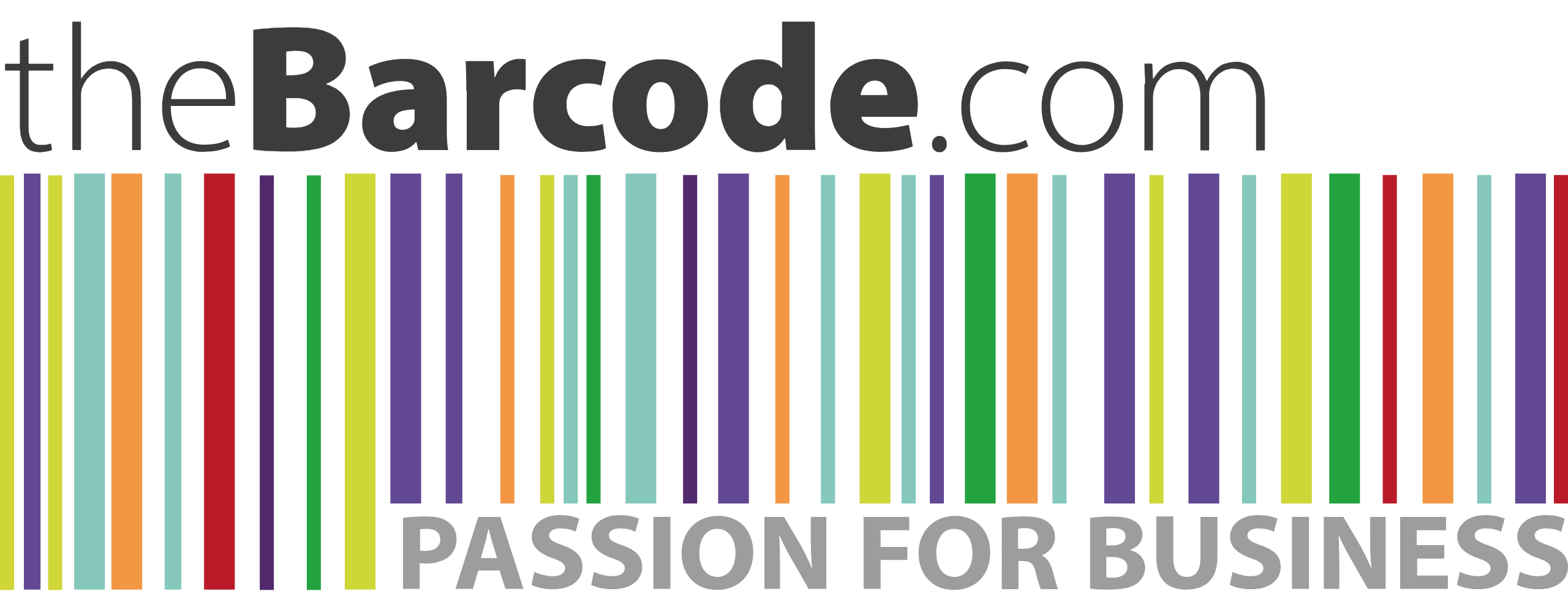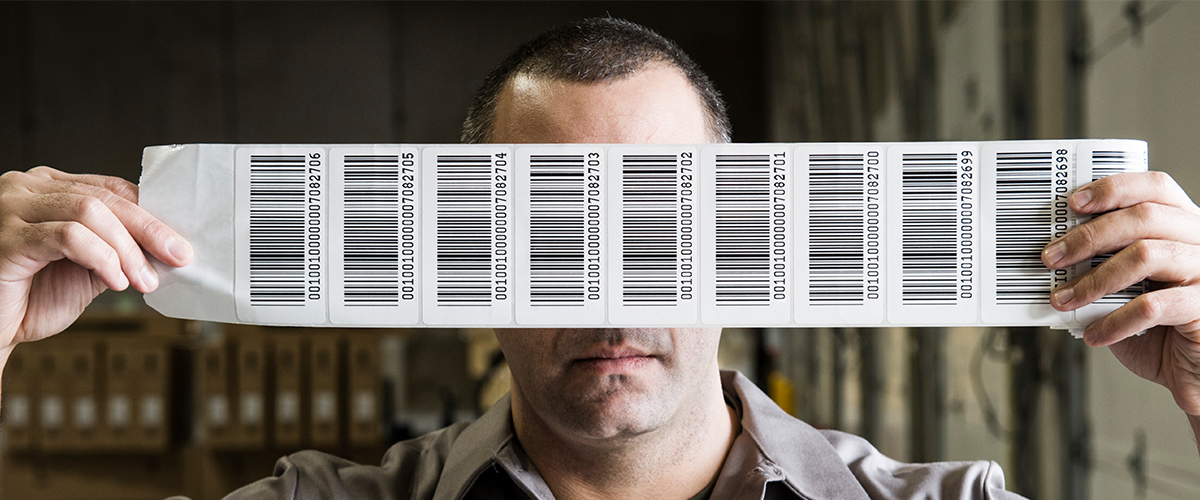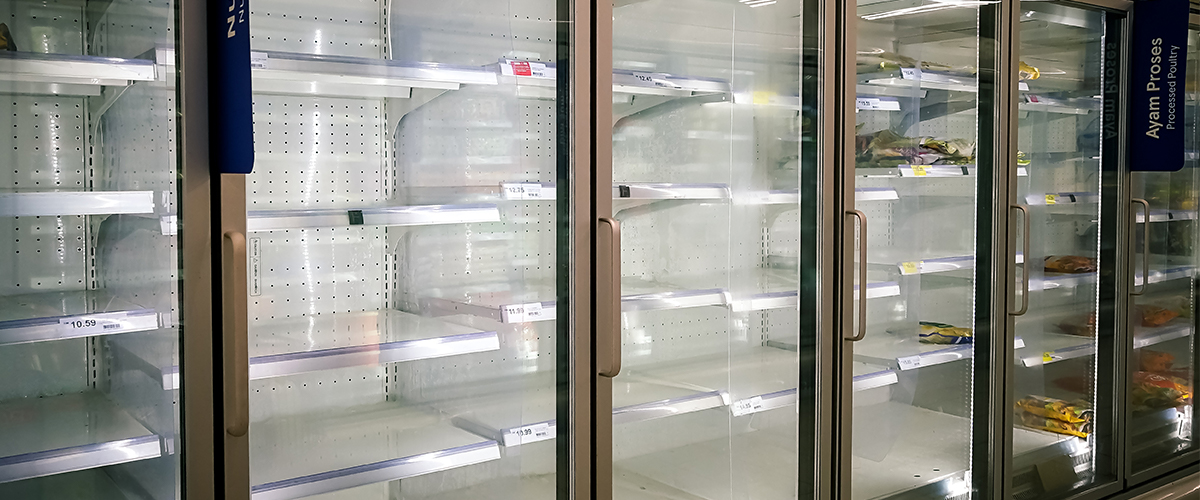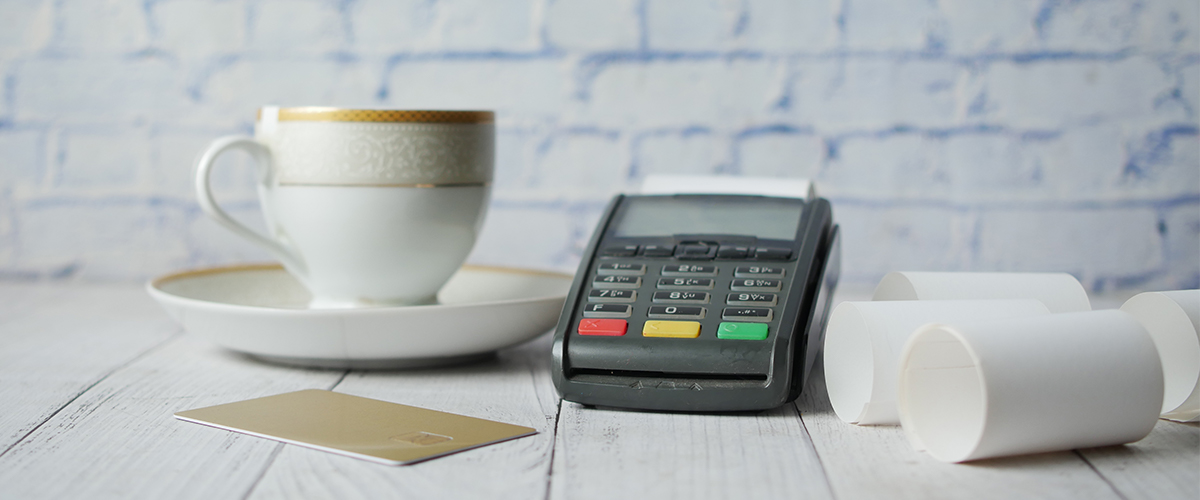Your Passion Your Business
The apparel business is a multibillion-dollar industry with over $600 billion in sales over the past few years, which we expect will increase. The apparel business is very attractive to many new entrepreneurs and wholesale clothing vendors—especially the boutique fashion label business. With a rising working and middle class, all with higher disposable income levels, shopping for garments is an incredibly popular pastime in North America. With fashion trends changing, more modern garments are always in demand, and there is money to be made. But not all that glitters is gold. Each year, thousands of apparel stores close principally due to stiff competition.

Getting Started In The Fashion Business
There are wholesale garment stores and fashion boutiques all over the country, and customers generally have little loyalty to any particular brand; if the price is reasonable, customers will head to that store. Another element that has transformed the fashion industry is that today, many people prefer to buy clothes online; hence, establishing a robust online presence is essential. Read on for more practical tips on setting up an apparel store.
Get To Know The Apparel Business
The apparel business is much more complicated than it appears to be. At the very least, those who have never worked in fashion must take an online course to familiarize themselves with the apparel industry. You need to understand which designs sell. Also, to cater to the fundamental commonality, you’ll need to target your store to a specific population segment.
Here Is A List Of Online Fashion Design Courses
The more you know about the garment business, the more likely you will do well. Some teenagers may be into country music; your designs should reflect their popular culture if your target market is rural America, while others may be sports-minded; you’ll need to have the right kind of fabric for them. Also, you’ll need training and education in textiles, design, and garment manufacturing, like alterations and sewing.
Should I Buy An Existing Apparel Store?
Building a clothing store from scratch is an expensive undertaking, and there are no guarantees for success. Buying an existing store also requires care and caution. The purchase of a franchise or existing store is perhaps the easiest option.
- First, find out the real reason why the store is on sale.
- Next, you’ll need an accountant to review the finance and tax returns over the past several years.
- Third, visit the store several times to determine if it is thriving, and look for walk-in traffic.
- Fourth, talk to people in the neighborhood about the store and its reputation.
- Fifth, you’ll want to determine if there are no extraordinary problems with the store owner.
- Sixth, it would be best if you understood the classification of the clothing store, how it obtains the merchandise, and the contract terms.
- Finally, ask yourself if this is the store you want and if it meets your expectations.
Buying an existing store should never be high risk; if you don’t do the legwork, you may end up with a lemon with no recourse. Perhaps creating an affordable online boutique is a lower-risk option for those with little capital.
Here is a list of services advertising businesses for sale
- Biz Buy Sell
- Businesses For Sale
- Biz Quest
- BizBen
- Business Broker
- Deal Stream
- Business Mart
- Crexi
- Ten X
- Tresle
- Loop Net
Can I Build An Online Clothing Store
Yes, the trend today is in online shopping. You need to have a professional website with all the bells and whistles required to run an online store. To ensure that the website runs smoothly, you will need to hire an IT professional or be prepared to manage your own site. The last thing you want is customer complaints that the website is down or the payment system does not work. Go over some other online stores and determine what they use; you can incorporate those features on your website.
Wholesale Boutique Clothing Dropship
If you have less capital to invest, perhaps dropshipping might be a good direction. Dropshipping means you’ll be offering apparel strictly online. This relatively new retail business model allows the drop shipper to advertise and sell clothing items without possessing an inventory. Instead, the store will purchase the items from a third party (Wholesaler), who will ship them directly to the customer. This way, the seller does not handle the goods directly but does receive a small commission for each item.

Should I Offer Print-on-Demand Garments?
The sale of printed T-shirts is an enormous business today. The owner buys T-shirts in bulk and then imprints different designs, logos, or text. This kind of business is one of the most manageable in the fashion industry and the cheapest to run. You can even have the imprints done in bulk by printing stores. The one significant drawback of this garment business is that it seems like everyone is doing it. Many people sell printed T-shirts from home. Thus, your profit margin is slim unless you sell thousands of T-shirts every week. The other negative is that trends in T-shirt printing change quickly, and if your older designs are not popular, this might leave you with unwanted bulk merchandise.
At The End Of Your Market Research, You Should Know:
- Who is your typical customer? (age, budget, clothing expectations, purchasing behavior)?
- Who are your competitors, and how do you differentiate yourself to take your place in the market?
- What kind of distribution strategy do you have to package and ship your clothes?
Once you have conducted your market study, you can decide on a solid direction.

Clothing Line Business Plan
Because of the apparel business’s complexity, you’ll need to make a marketing plan to develop more insight into the venture. Plus, the marketing plan will help anticipate any future issues. The marketing plan should contain the following:
- Will I open a plus-size boutique
- Where will I open my store?
- Will I offer online shopping?
- What is my niche?
- How will I increase profit for my business?
- What are the startup costs for an apparel store?
- What are the negatives of opening an apparel store?
- How will I market my store?
- How many employees will I hire?
- How will I fund my business venture?
- What permits and licenses will I require to open my apparel store?
- Where will I buy my merchandise?
- Should I buy an existing store or go with a franchise?
Here Are A Few Sites That Help You Create Your Fashion Store Business Plan
Do I Need A Permit For My Apparel Store?
- Yes, in most states, you will require a seller’s permit. This permit will allow you to purchase your inventory without paying sales tax. When you sell the garments, you will collect sales tax on behalf of the government.
- You will also need an apparel registration certificate in most states. If you or anyone who contracts with your business performs any manufacturing, cutting, sewing, pressing, or stitching, you will be required to get this certificate.
- You will need to visit the local Chamber of Commerce to determine what other required permits you’ll need. If you sell garments from home, you must have an occupational license. You will need a permit if you plan to resign or remodel the store.
- Also, if you hire more than two people, you will need workers’ compensation insurance.

Owning A Boutique, Legal Stuff
- Obtain an EIN
- Register for state and federal taxes
- Open a dedicated bank account
- Incorporate your business
Check out these few companies that can assist you in getting your LLC started
Here are a few government links you might want to visit
IRS Website
This site by the IRS is a must-see when beginning your LLC

Retail Store Insurance
Liability insurance will protect you and your assets. You will need general insurance to cover the store from theft, vandalism, and fire. You will also need liability insurance if a customer trips or falls in your store and decides to sue you.
Here are some websites where you can obtain fashion store insurance
- Insureon
- Hiscox
- General Liability Insure
- Cover Wallet
- Insuranks
- Clothing Store Insurance
- Retail Insurance
- E-Commerce Insurance
What Are Startup Costs For A Garment Or Apparel Store?
- Leasing fees
- Fees for licenses and permits
- Legal fees
- Marketing fees
- Inventory
- Utilities
- Insurance
- Employee salaries
- Furniture
- Design of Store
- PC and related software for shopping
- Security measures
- Hiring IT professional if you run an online business
Your startup costs can vary from $30K- to $100K for a small-size store. The two significant costs are the property lease and inventory. When first starting out, select enduring traditional clothes. You can offer select brands as business picks up.
Fashion Boutique Interior Design
Check out some of these retail design companies
- Integer
- Super U Display
- On Q Solutions
- Callison RTKL
- Sergio Mannino Studio
- Mint
- Orange 22
- Pompei C3
- Gensler
- WD Partners
- NELSON Worldwide
- CESO Inc
- MBH Architects
Here are some design firms specializing in retail interior design
- Dgweimiao
- National Business Furniture
- DeZeen
- Shea Design
- DR Global
- Bungalow Design
- Board & Vellem
- Green FC
Protect Your Apparel Brand, Store Branding
When you are sure of your clothing/store brand name and logo, file them with the trademark commission to protect them. In the event of imitation, counterfeiting, or improper and illegal use of your brand or brand name, you will be able to defend your position more easily in court. There are many legal services online to assist you with this task.
The rules concerning intellectual property elements applicable to clothing brands are a little too complex to explain in this guide. Still, you can find more information on intellectual property websites.
Law firms that can protect your brand, logo & trademark

Marketing My Fashion Brand
- Create a website that showcases your services, products, prices, and location. The website should be very informative so that your customer can find information without visiting your physical store.
- Distribute flyers to the local community
- Distribute your business card to local stores
- Participate on social media, show images of the latest fashion in your store
- Join regional community forums so that you can build a network
- Create ads in the local paper
Build Your Own Fashion Store Retail Website
Your restaurant domain name protects your website address on the internet. You can register a domain name with any hosting company you choose.
Some of the common domain registrars include:
Here is a list of some options for building a regular website.
Here is a list of drag-and-drop page builders for WordPress.
- Beaver Builder
- Elementor
- Divi
- Hubspot
- Themify Builder
- Visual Composer
- Seedprod
- Thrive Architect
- Site Origin
What Are Your Favorite Niche Clothing Brands
Selling garments may sound uncomplicated. But, with apparel stores on almost every main street, the competition is stiff. It would help if you defined your niche. What type of outfits will you be selling? Any specific brand or design? Plus size boutique? Summer clothes? Winter clothes? What part of the community will you cater to? Children, teenagers, business people, or seniors? People today are very picky about what they wear and where they buy their clothes, and it is hard to break these habits. So, it would help if you had a unique niche to attract customers to your store. Perhaps you may want to sell funny T-shirts or sports garments, but no matter what you decide, you have to make sure that there is a demand for a garment store like yours.
Fashion Apparel Brand Research
- What style of clothing do you want to create or market and sell? Streetwear, women’s tailor-made, and men’s shirts.
- How many collections will you release per year, and how will you design or purchase your inventory?
- Which suppliers do you plan to work with to manufacture or supply clothing? Which fabrics? Is it made locally or elsewhere?
Clothing brands to draw inspiration for your business
- Eileen Fisher
- Everlane
- Nike
- Teva
- Anthropologie
- J.Crew
- Zara
- Fossil
- Kate Spade
- Aerie
- Madewell
- The Row
- Asos
It is also necessary to define precisely all the ancillary elements contributing to the brand identity. For example, the story of your brand. It can be your authentic story or a created story. It’s up to you to imagine the story customers would like to hear that will showcase your clothes.

Keep Up With Fashion Trends
It is necessary to keep up with changing trends and fads in the garment business. Customers will always ask what the latest trends in fashion and design are. As soon as you spot an upcoming trend, you should immediately include that item in your store.

Should I Start My Own Clothing Line Or Wholesale Boutique?
Indeed, you can design and brand your own line, but this involves a lot of work and money. Plus, you will have a limited client base because not everyone will immediately appreciate your style or designs. But if you have a solid investment to push your brand, it can be a big success because there is always a demand for unique brands.
Can I Invent My Own Fashion Brand?
Let’s find a name for your new brand. Let your imagination run wild. Anything is possible but keep in mind the consistency you’ll require when making it big with your brand and target audience. And avoid overly complicated names that no one will remember.
Private Label Apparel Store
With this model, you buy label-less garments in bulk and then custom-design them with your own tag or logo before selling them. This method is a convenient, cost-effective option and has an inbuilt market. But the downside is that you will need to order the inventory and then have someone or yourself do all the stitching and sewing, which can take time. You can streamline the process by asking a company to sew for you, which can also eat into your profits.
Should I Purchase A Clothing Franchise?
There are many well-known and well-established clothing franchises available. These franchise stores will supply you with their clothing and training brand and promote your store. In return, you will be responsible for the franchise, royalty, and administrative fees.
The most significant advantage is that you can piggyback on an already established brand, and you’re off to the races. But the one major downside to a franchise is the initial investment, which can vary from $200K to $500K.
Note: Many clothing franchise stores have recently had a tough time, including J Crew, Gap, Main Street, Francesca’s, etc. So you’ll need to do your homework and speak to other apparel business people who have bought into a franchise.

Popular American Apparel Franchise Operations, Clothing Vendors For Boutiques, And Wholesale Clothing Vendors
- Oakley outlet
- Amazon outlet
- Banana Republic factory
- Ted Baker outlet
- True Religion outlet
- Vineyard Vines outlet
- Versace outlet
- Saks Fifth Avenue outlet
- Vans outlet
- Bath and Body Works outlet
- Gap factory outlet
- Jimmy Choo outlet
- Chico’s outlet
- Arhaus outlet
- Polo Ralph Lauren factory store
- Steve Madden outlet
- Monroe outlets
- J Crew factory outlet
- Van Heusen outlet
- Vera Bradley outlet online
- Skechers outlet online
- Polo factory store
- Disney store outlet
- Adidas factory outlet
- Waterloo outlets
- Uggs outlet
- Dillards clearance center
- Timberland outlet
Where’s My Fashion Shop?
One principal reason why clothing stores close is their poor location. Also, people are always searching for an affordable online boutique solution. Today, brick-and-mortar stores still have a place in the industry. When creating a physical store, searching for a location with few other similar garment stores nearby is critical. It must have good foot traffic, easy access, ample parking, and be noticeable. It would be best to spend several days or even weeks physically visiting locations in the area to ensure that your potential site is busy both weekdays and weekends.
Here is a list of some popular commercial real estate companies:
- Crowd Street
- LoopNet
- Crexi
- Commercial Brokers Association
- Commercial Cafe
- Catylist
- Brevitas
- Office Space
- Quantum Listing
- Rofo
- SquareFoot
Market Research For Clothing Stores
The first step in creating a successful retail clothing store is to conduct detailed market research to validate your future brand’s commercial potential in your chosen area. To do this, you will first need to examine the health of the local clothing industry.
Consider retail trends in your local area. Ask yourself whether the increase or decrease in business turnover corresponds to a volume effect (more and more, or less and less, products sold) and value (items sold more and more, or less and less expensive).
You’ll Need To Look At:
- Local purchasing behavior: who is buying what? How frequently? With what budget? On the internet or in stores?
- Current trends: which segments seem to be the most promising?
- The evolution of the local competitive environment: what are the strategies of brands and distributors? Which approach seems to succeed? Does competition intensify?
Finally, consider who will be your direct and indirect competitors. For example, If you create a clothing brand or retail location specializing in streetwear, you’ll want to be aware of all the other streetwear brands in your area, which will be your direct competitors. Ready-to-wear brands offering a few streetwear items within their lines will be competitors too. Classics designers will be your indirect competitors (because a person always chooses between dressing in streetwear or radically differently). What does your local environment tell you?
What Are The Pros Of Opening An Apparel Business?
- You are your own boss.
- You have complete independence and can pursue your own vision
- You can make people happy
What Are The Cons Of Opening An Apparel Company?
- The financial risks are high
- Just having talent may not be good enough
- Business can be seasonal and unpredictable
- Fashions are constantly changing, and it can be hard to keep up
- Too many cheap retail stores can destroy your brand
Find A Distribution Chain For Your Brand
The next step in creating your clothing brand is to assess the distribution channels to deliver your clothing. You can try e-commerce, stay with the traditional physical store, or opt for both to distribute your product.
If you prefer to contact your customers directly, know that you can also open physical stores in a temporary store rented for a few days, months, or weeks. Or set up in a department store corner, for a limited time there too.
Anyway, keep in mind that your distribution chain must be in line with your target audience. A streetwear brand should be available in-store in the city center. It should also be available in a medium-sized town between the bakery and the butcher. It should also be available online. Cover all your bases.
Conversely, the example of a women’s fashion label company, which targets relatively older adults with significant financial means, will be more interested in opening a physical store in a chic residential or downtown area, near shops or an office district.
What Equipment Is Needed For An Apparel Business?
- Furniture
- Glass cabinets
- Clothes
- Cloth rails
- Hangars
- Mannequins
- Garment steamers
- Garment racks
- Acrylic display stands
- Shop Counter
- POS system
- Phone










